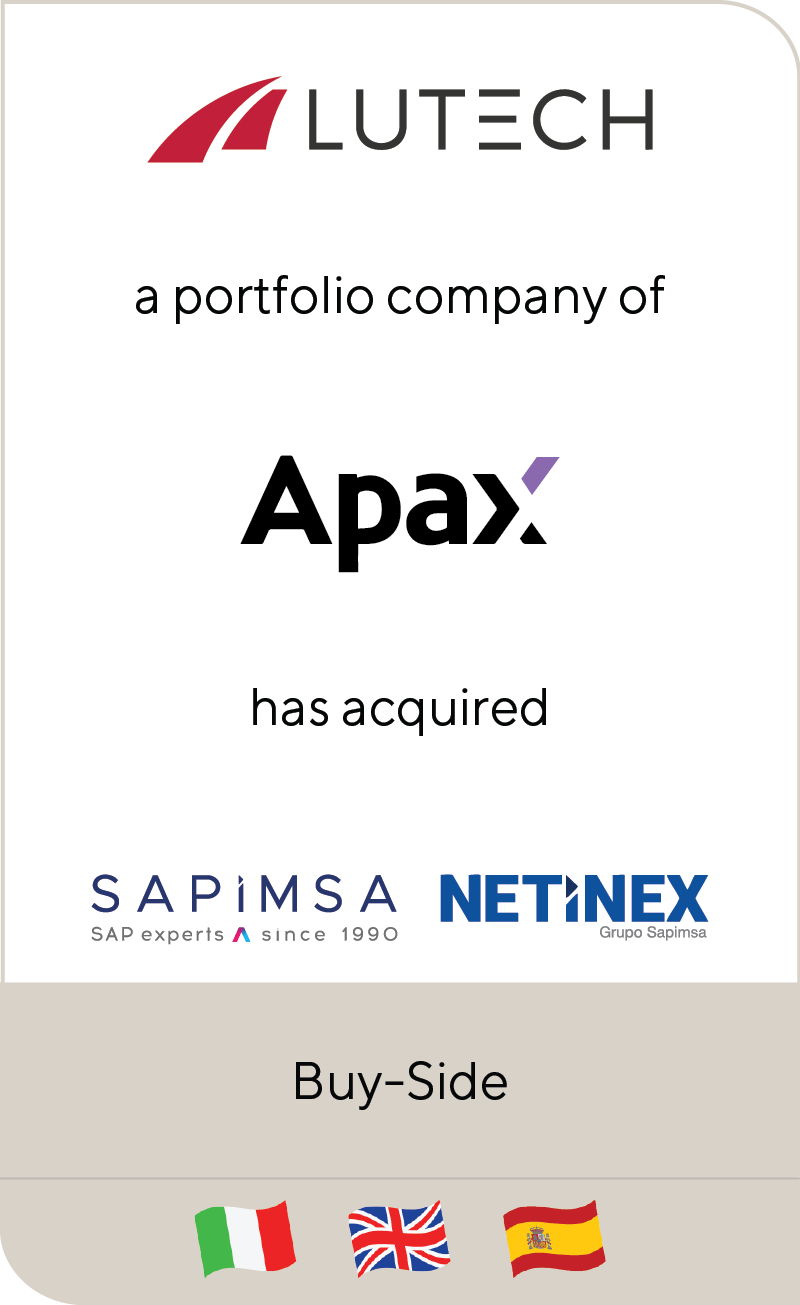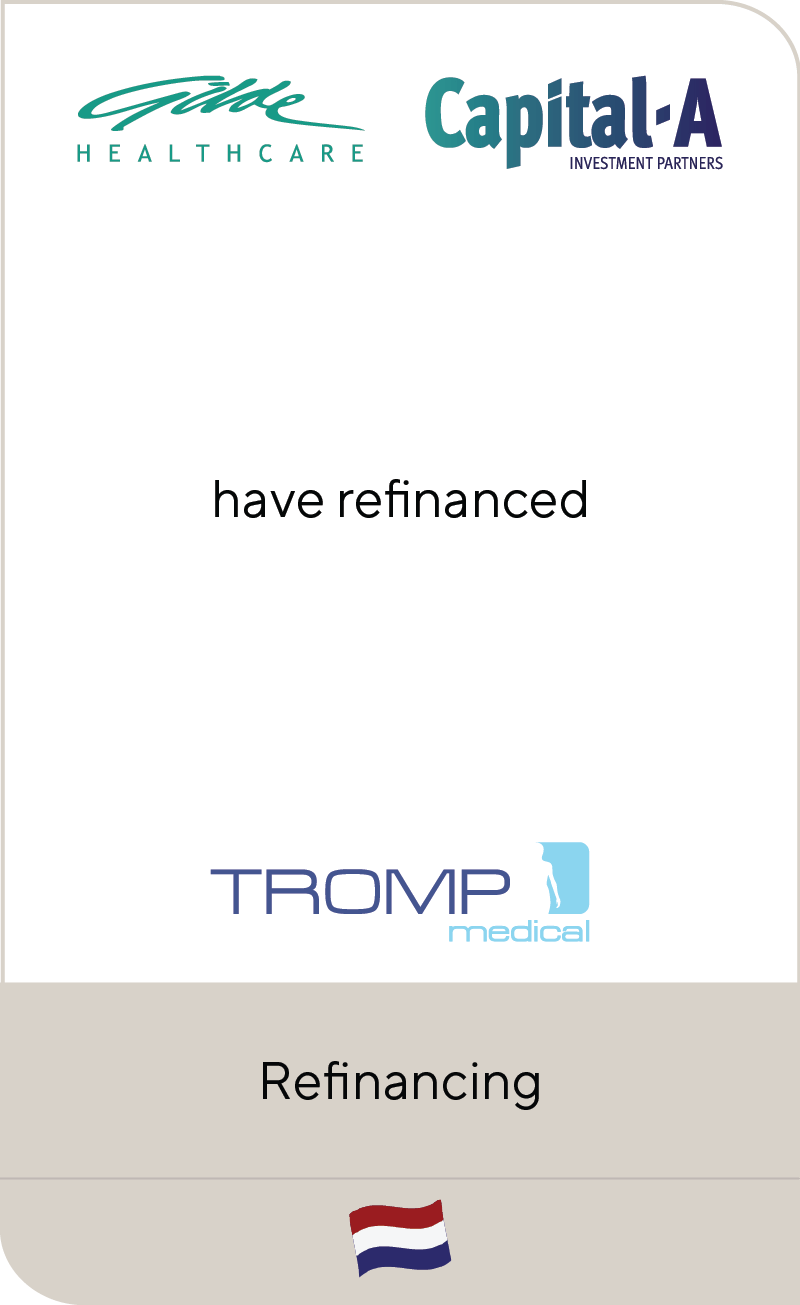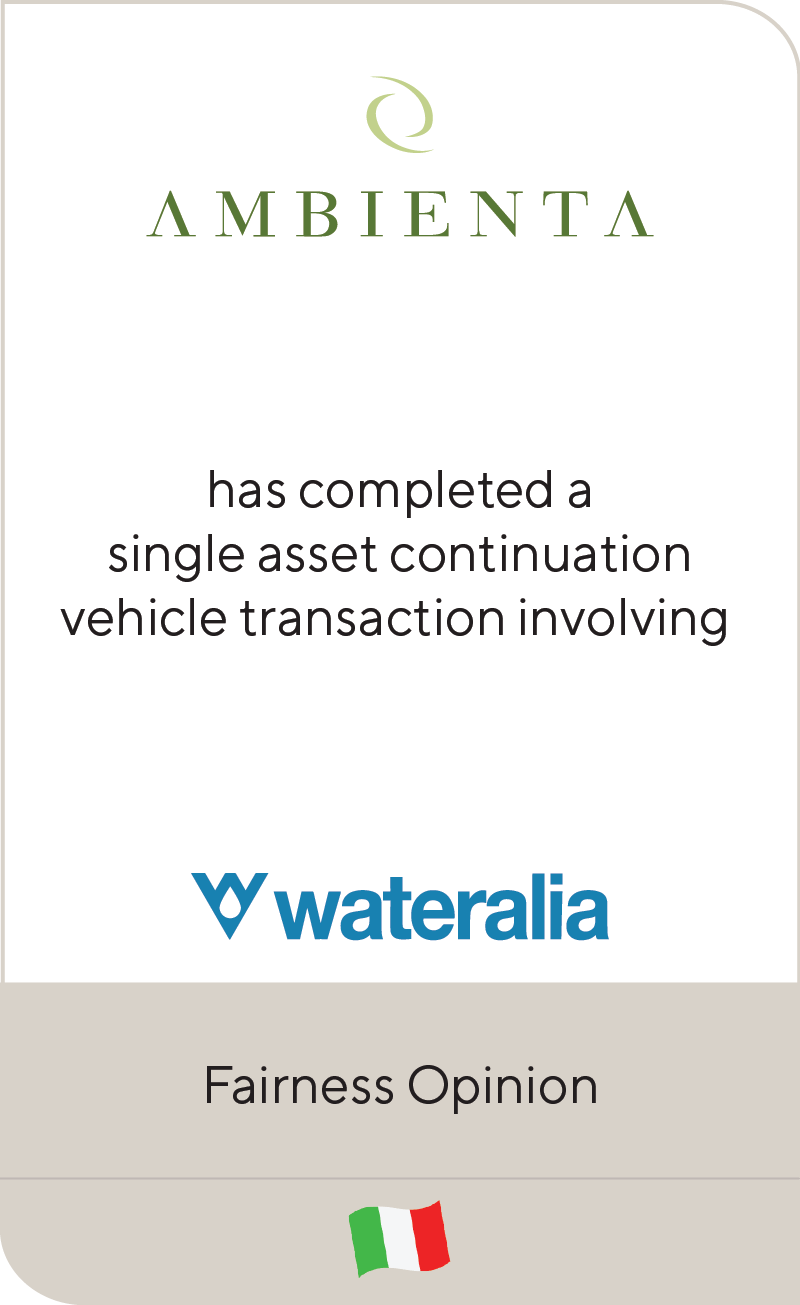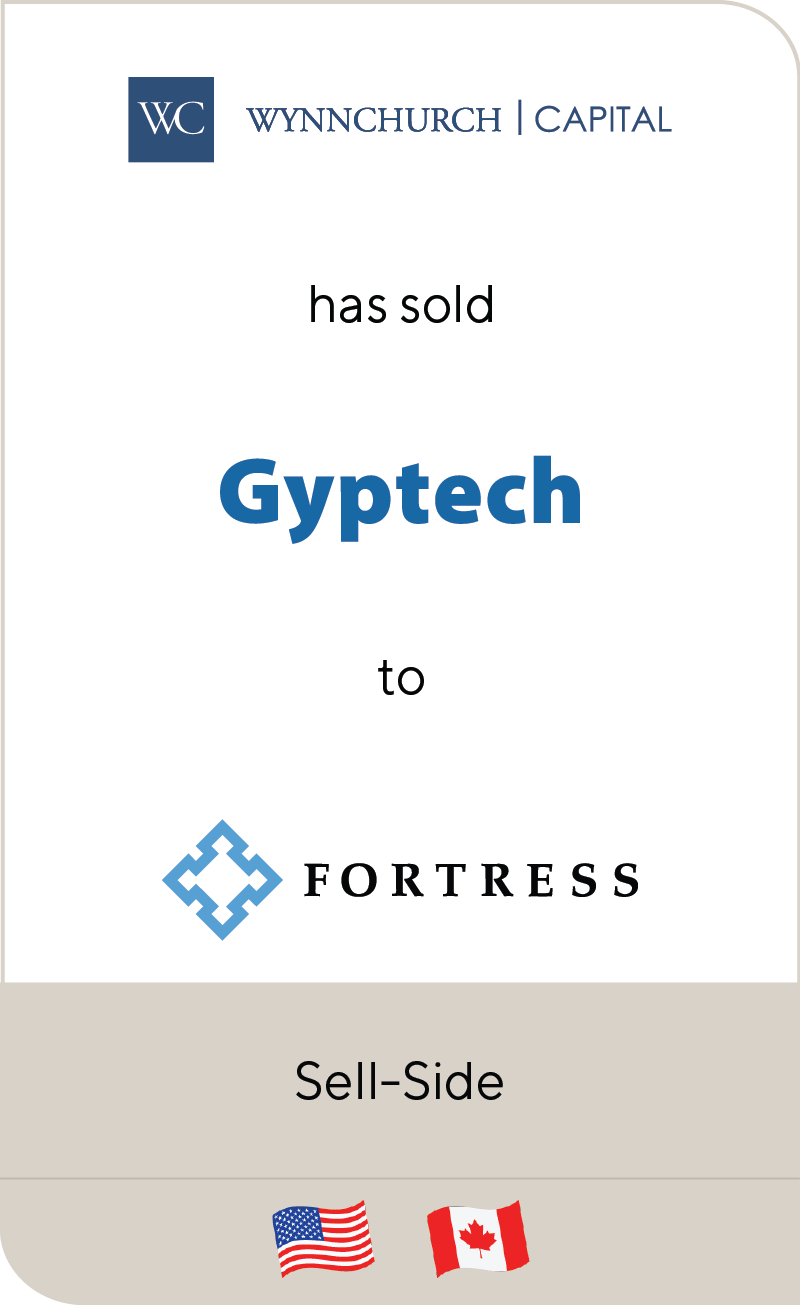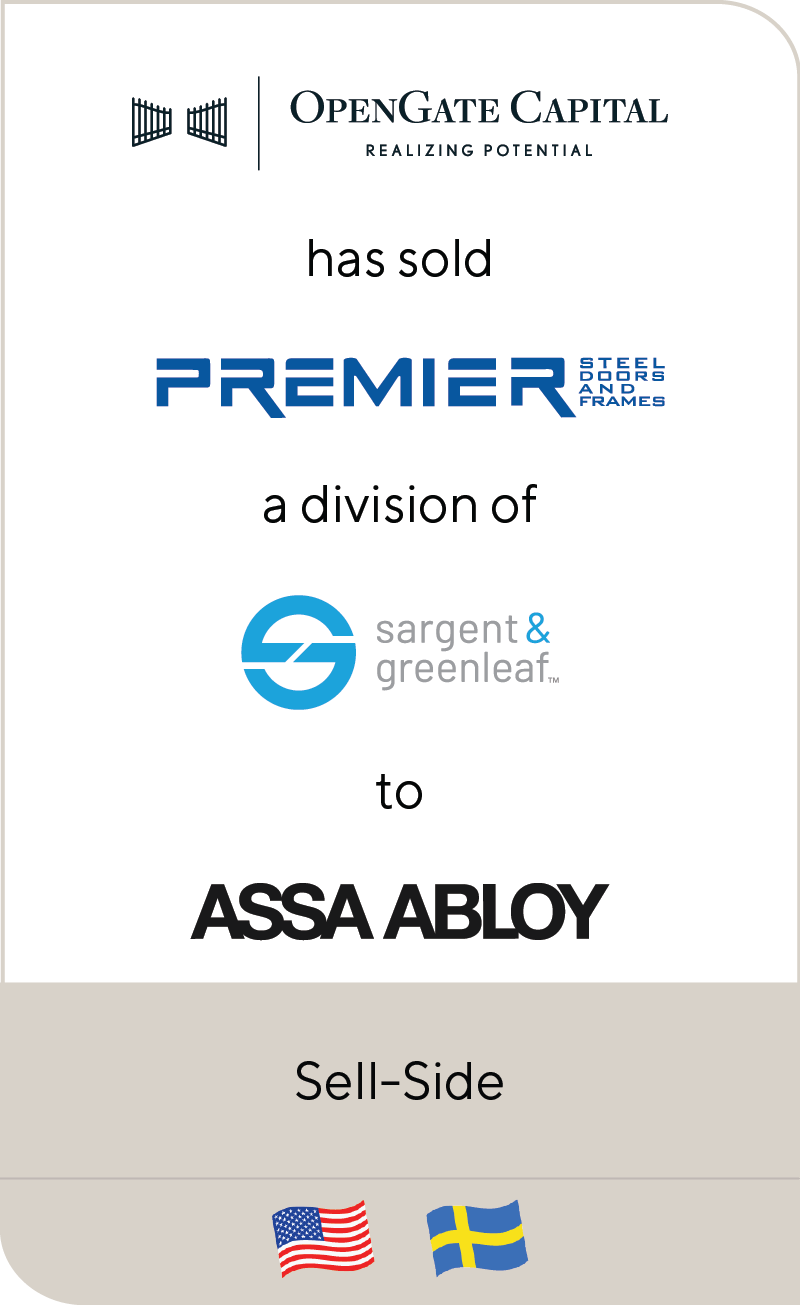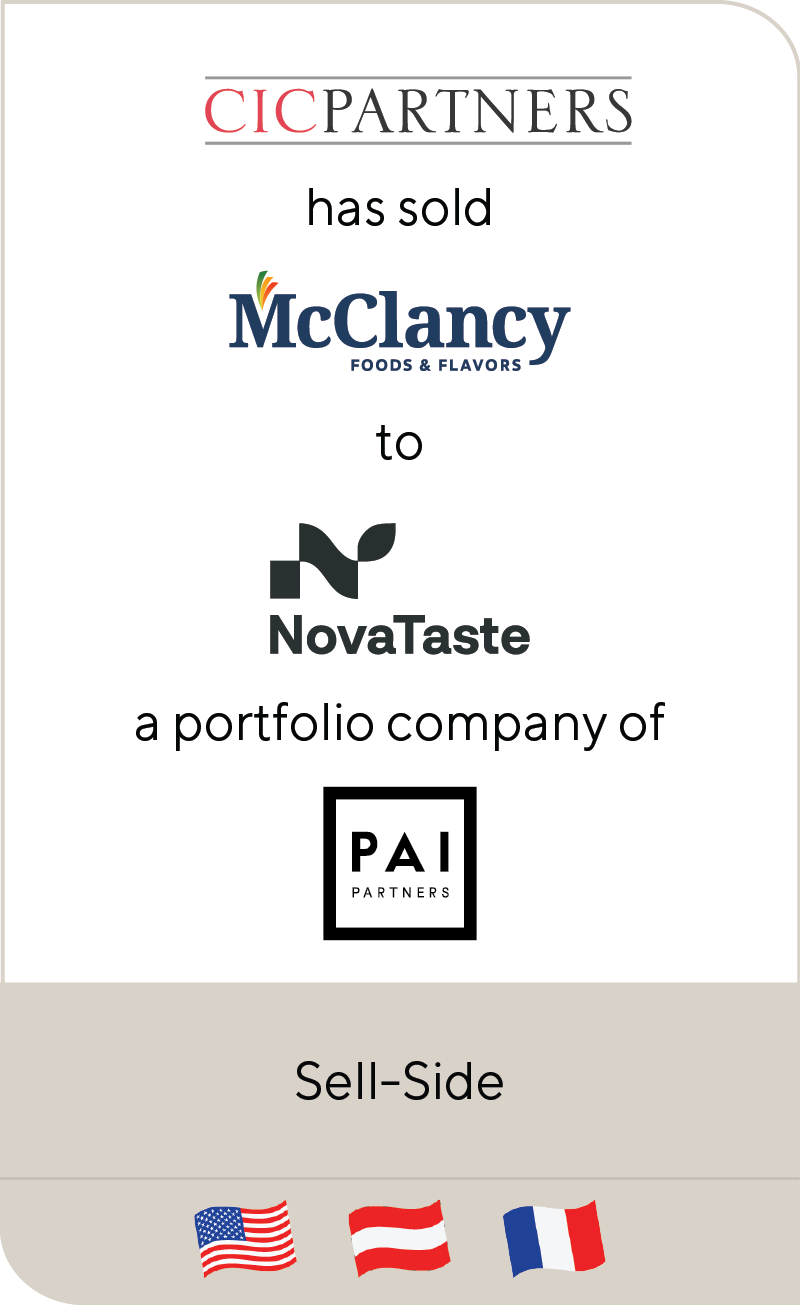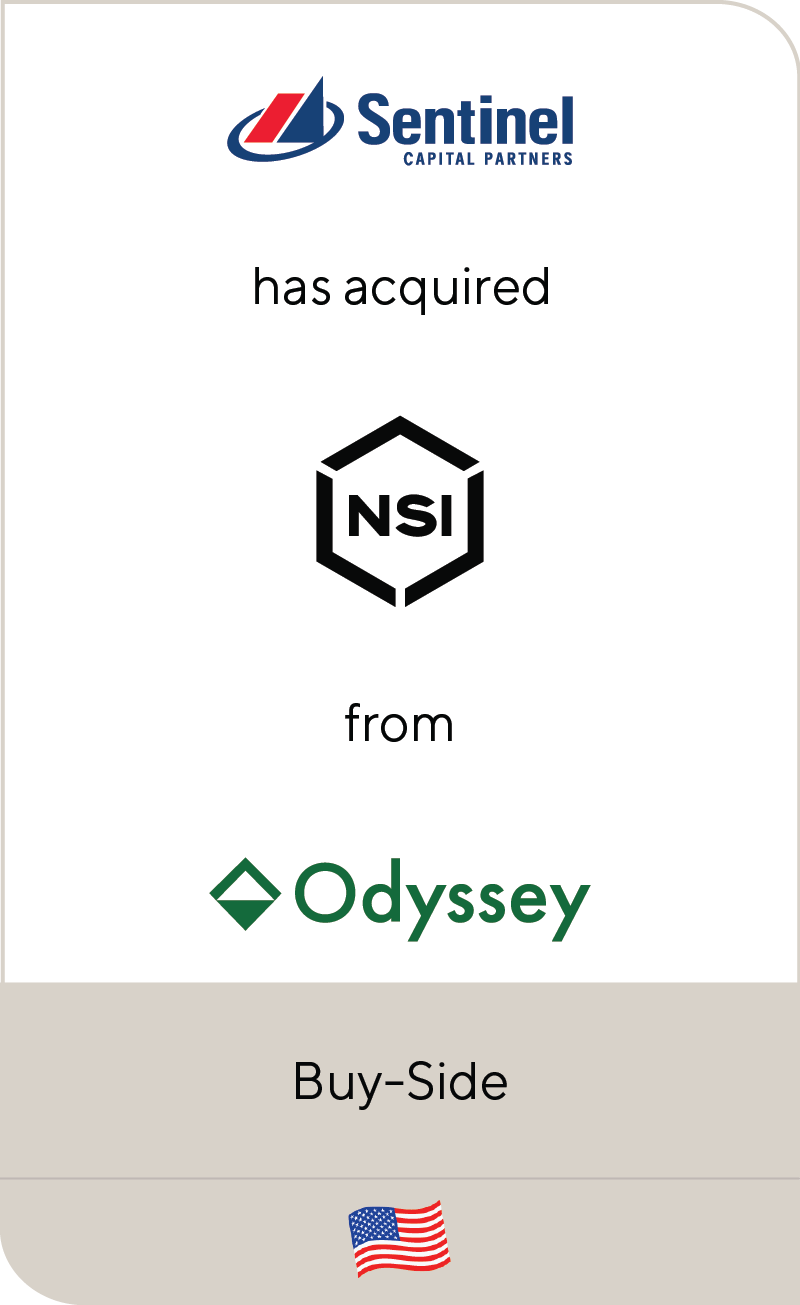Adopting Alternative Strategies – How Partnering Expertise Can Help
Apr 2022
Company leaders around the globe are facing uncertain business conditions, including geopolitical tensions, inflation, continuing supply chain problems and raw materials shortages. Economies are only just beginning to recover from the impacts of the COVID-19 pandemic. Stock markets are volatile, as the contingent, mid-term impacts of current conditions remain unpredictable.
In response to such uncertainty, many business leaders and dealmakers are evaluating plans to potentially seek alternative ways to achieve their goals with more flexibility.
Planned mergers and acquisitions (M&A) may, in some cases, not be best pursued right now. However, the economic environment may also create timely opportunities. Now could be the time to accelerate or reprioritize investment, especially where innovative technologies are involved. At moments like this, partnering—in one form or another—may be the answer.
Deciding whether, where and how to partner—and with whom—requires a careful, structured approach, especially against the backdrop of an uncertain macroeconomic environment. The right choice will depend on factors like the speed of technology development, the urgency of emerging customer and market needs, the availability of attractive partners and a business’s own strategic priorities, internal capacity and capabilities.
Summary
-
Lincoln's joint ventures & partnering team helps businesses evaluate their inorganic growth and investment options as an increasing number of alternative deal structures emerge.
- Click here to download a printable version of this perspective.
- Sign up to receive Lincoln's perspectives
Sectors in the spotlight
No sector will be immune to the impact of the emerging economic environment. For two sectors in particular, Lincoln International sees major challenges and potentially significant new opportunities ahead.
The automotive sector is already facing immense operating model upheaval caused by the transition to electric vehicles (EVs). Big long-term challenges already apparent include:
- the scale of investment involved;
- the advent of new entrants, as long-established barriers to entry appear to be weakened; and
- the need to attract and afford more and more talented software engineers.
With the additional scarcity and increasing cost of raw materials and the now likely prolonged continuance of supply chain disruption, it seems clear that even with increased consumer motivation to switch to EVs in the face of rising fuel prices, satisfying demand profitably will continue to be difficult for the industry. Pressure on margins will only become more acute as inflation bites.
Significant changes in response are already becoming visible, such as:
| Tier 1 suppliers and original equipment manufacturers (OEMs) co-developing both hardware and software across the value chain, resulting in disruption to traditional Tier 1/OEM relationships |
| Some EV start-ups are seeking partners with vehicle manufacturing capacity and related procurement experience |
| Technology giants expanding their reach within vehicle technologies—some by invitation (such as Ford and Google’s “Team Upshift”), some not |
| Increasing numbers of joint ventures (JVs), driven by many OEMs’ and Tier 1 suppliers’ desire for vertical integration and supply chain security (of which Stellantis-Samsung and GM-Posco Chemical are among recent examples) |
These deal structures, once played out, may well lead to further mergers, collaborations as well as traditional M&A activity down the line.
For some aerospace and defense (A&D) businesses, growth prospects look good, arising from higher anticipated government military spending. However, some companies may need to adjust their approach in order to secure the largest possible chunk of growing defense- and security-related budgets.
Businesses will implement strategies, including, for example:
| Military maintenance, repair and overhaul (MRO) JVs, partnerships and acquisitions across Europe, as governments looking for “quick wins” focus on improving the readiness and deployability of their existing fleets across all domains |
| Defense contractors’ reevaluation of their “buy, build or partner” choices, leading to more collaboration with technology companies large and small who might provide ready access to adjacent or incremental technologies, with less delay and at lower cost than going it alone |
Lincoln Perspective
As businesses reassess their inorganic growth and investment options, an increasing number may want to consider alternative structures. Some may choose to take a minority stake or establish a JV, rather than make a 100% acquisition. A cooperation agreement may help others mitigate near-term risk and prove the business case for a more substantial subsequent investment, if the relationship progresses successfully.
Bigger companies may be able to move more quickly (or capitalize opportunistically on others’ cash constraints) by entering business collaborations. Smaller businesses, lacking the necessary capital to scale their own technologies or make bolt-on acquisitions, may be able to access new markets and / or potential research and development funding by forming an alliance or selling a minority stake to a larger entity or a financial sponsor.
Lincoln is uniquely well positioned to provide a balanced, practical view of such critical business choices. In-depth knowledge of the pros and cons (and the execution dos and don’ts) of alternative deal structures from our joint ventures & partnering specialists combines with current global industry insights and M&A expertise. The resulting 360 degree, “outside in” perspective can encompass the spectrum of potential deal structures. We can even move seamlessly from M&A to another structure mid-deal, if changing circumstances so demand.
Contributor
Meet Professionals with Complementary Expertise in joint ventures & partnering

I am a rigorous advocate for my clients with a hands-on, communicative approach, focused on delivering intense advocacy and outlier results.
Sean Bennis
Managing Director & Co-head of Industrials
Chicago
I enjoy leading clients and realizing their objectives, while structuring solutions to issues that are both intriguing and challenging.
Øyvind Bjordal
Managing Director | Head of Switzerland
Zurich
My goal is to inspire and motivate our people to make a true impact with their clients, their colleagues and their communities.
Robert Brown
CEO | Managing Director | GP-Director
Chicago
Building long-term relationships is key for me personally – I want to be the advisor of trust for my clients.
Dr. Michael Drill
Managing Director | Head of Germany
FrankfurtMeet our Senior team in Aerospace & Defense and Automotive & Truck

I leverage strategic insights and industry connections to unlock value for clients.
Joe Sparacino
Managing Director
Boston
I strive to deliver value-added advice, leveraging deep industry knowledge and extensive industry relationships.
Guillaume Suizdak
Managing Director & Co-head of Industrials, Europe
Paris



















